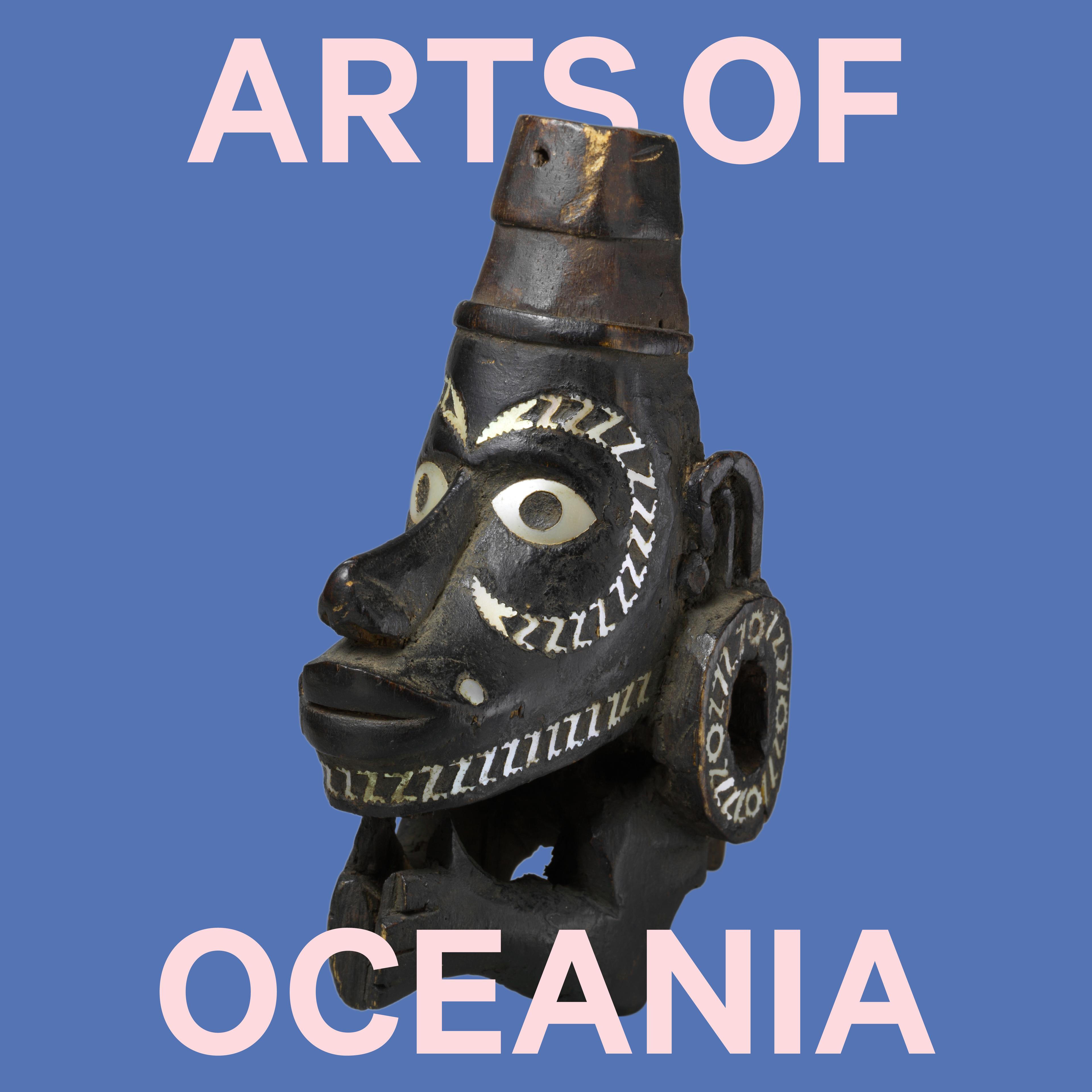Following a multiyear renovation, The Met is reopening its suite of galleries dedicated to the Arts of Oceania in the Michael C. Rockefeller Wing in late May 2025. The new galleries feature over 650 stellar works from the Museum’s remarkable collection of Oceanic art, drawn from over 140 distinct cultures in a region of astonishing diversity that covers almost one-third of the earth’s surface and continues to capture the global imagination. These include monumental artworks from the large island of New Guinea and the coastal archipelagos that stretch beyond its shores to the north, central, and eastern Pacific, as well as the two neighboring regions of Australia and Island Southeast Asia, whose Indigenous communities all share a common ancestry. Exceptional artworks guide visitors through a wealth of stories relating to origins, initiation, and ancestral power and include some of the greatest achievements of Oceania’s visual artists: elaborately carved ancestral figures from ceremonial houses and spectacular ritual regalia, such as towering slit drums, crocodile reliquaries, and dazzling turtle shell masks from the coastal regions.
Designed by the architect Kulapat Yantrasast of the firm WHY Architecture and Beyer, Blinder, Belle Architects LLP, in collaboration with The Met’s Design Department, the galleries for the Arts of Oceania are organized around a stunning new diagonal trajectory through the Michael C. Rockefeller Wing that reintroduces The Met’s iconic collection in sensationally appointed galleries filled with natural light for a new generation of visitors. The reinstallation is organized according to island groups in a new layout designed to foreground ancestral connections and Indigenous temporalities, offering perspectives on art that reach deep into Oceania’s past while also acknowledging ongoing manifestations of its agency in the present. Voyaging and the arts of navigation are an important feature, with exquisitely carved spirit canoes, decorated canoe prows and paddles, and a navigational chart from the coral atolls of the northern Pacific evoking the extraordinary story of voyaging—both literal and metaphorical—across the vast landscape of Oceania.
Freshly energized written and digital narratives placed throughout the galleries elevate Indigenous voices, foreground the latest developments in interdisciplinary scholarship, and emphasize the continued creativity of Oceania’s Indigenous artists through the lenses of global history, compelling storytelling, and Pacific oratory and performance. This extensive range of digital offerings is envisaged as a constellation of Pacific voices—artists, poets, performers, writers, scholars, and cultural practitioners—presenting evocative and engaging entry points for access and helping visitors understand the collections on a more profound level, guided by the insights of Islanders and community members.
